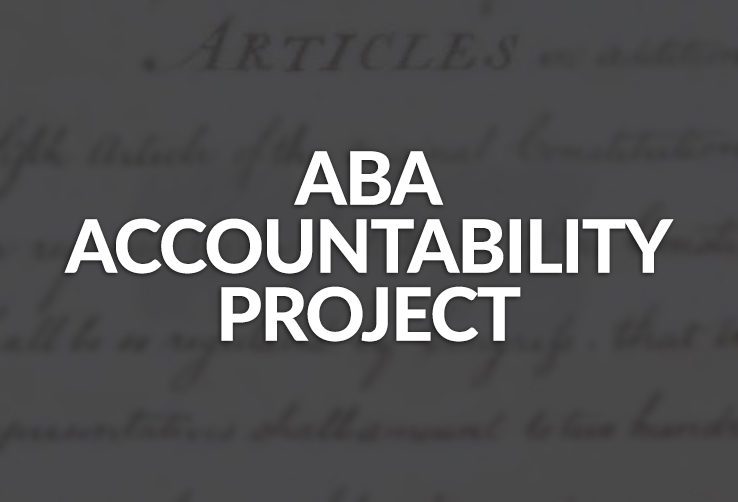Richard Susskind, Oxford law professor and legal futurist, has for years been advocating for transformation of the legal sector through technology and innovation. Presciently, he published his book
Online Courts and the Future of Justice in 2019, the year before COVID transformed the world by pushing everything online. For most sectors (work, school, shopping, entertainment), the pandemic merely accelerated a trend that already began years ago. The legal system has been one of the slowest sectors to adopt technology. Eventually many courts did begin offering online hearings and trials, but as a whole the legal sector is joining the virtual world very reluctantly.
Will virtual justice become prevalent? Should it?
There’s no doubt that the legal system is
failing to provide justice for much of the U.S. and world population, particularly the poor, but even the middle class. Access-to-justice advocates have been encouraging the growth of online dispute resolution mechanisms to supplement costly, slow-moving judicial processes.
Private companies like eBay and
PayPal have for years already been using automated and virtual systems to resolve millions of disputes among their customers. Some courts and nonprofits have attempted to use similar platforms to resolve other kinds of disputes. Yet some such systems have actually hurt the poor. For instance, Utah piloted an
online small claims system intended to be more accessible for low-income litigants, but so many people didn’t understand how to use the system that they often failed to respond to claims, resulting in default judgments against them.
The legal system absolutely needs to reform itself if it wants to live up to its ideal of providing justice for all people. But reform must be implemented carefully because any system run by flawed human beings will never be perfect.
Today, the word “virtual” has come to mean “simulated” or “appearing to exist.” But the root word was “virtue,” meaning “moral excellence.” Perhaps we do need a virtual legal system to meet the demands of the 21st century, but ultimately true justice can only result from true virtue – all of society learning to treat each other with dignity, uprightness, and love. And that’s something no legal system can provide.
Other Resources

1. The Future of Courts. Read a summary of Professor Richard Susskind’s thoughts on the
future of the legal system here. “We remain in an era of threat, with risks of barely functioning court systems, greatly reduced access to justice, and, in turn, a potential weakening of the rule of law. We are also in an era of opportunity—the chance to build boldly on the shift of attitude and on demonstrable recent successes with technology, and to put in place improved, sustainable court services that are much more accessible than today’s.”
2. Reimagining Courts. Check out this webinar on “
Online courts: reimagining the future of justice” from the Harvard Center on the Legal Profession on the prospects of online litigation.
3. Status of Online Courts. For a report on the growth of online courts in the U.S., see the American Bar Association’s 2020 “
Online Dispute Resolution in the United States” (PDF).
4. Online Dispute Resolution v. Courtrooms. For an analysis of the pros and cons of online dispute resolution versus traditional courtrooms, see Governing.com’s “
Can Online Dispute Resolution Replace Courtrooms?”
5. Online Court Example. For an excellent example of an online court system, check out this “
Online Dispute Resolution system of the Franklin County Municipal Court” in Columbus, OH.




















































